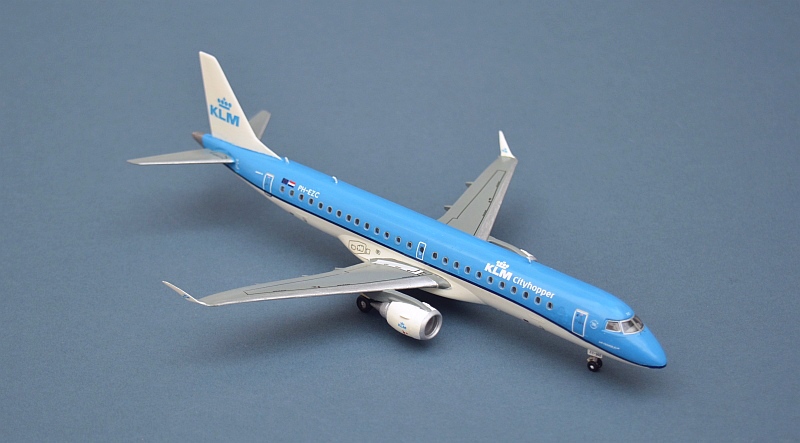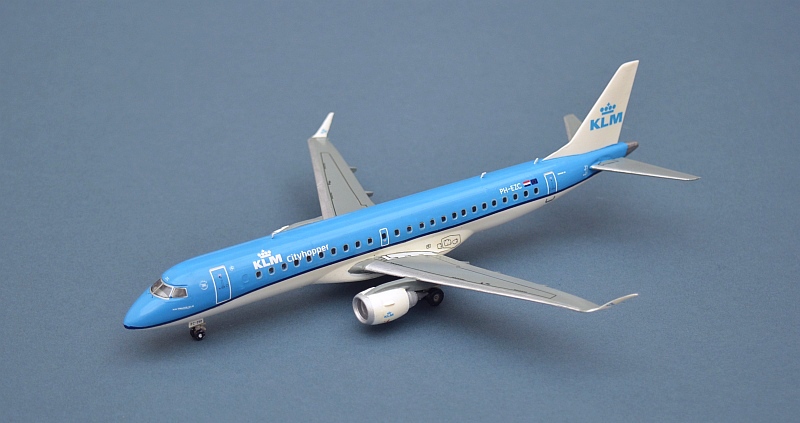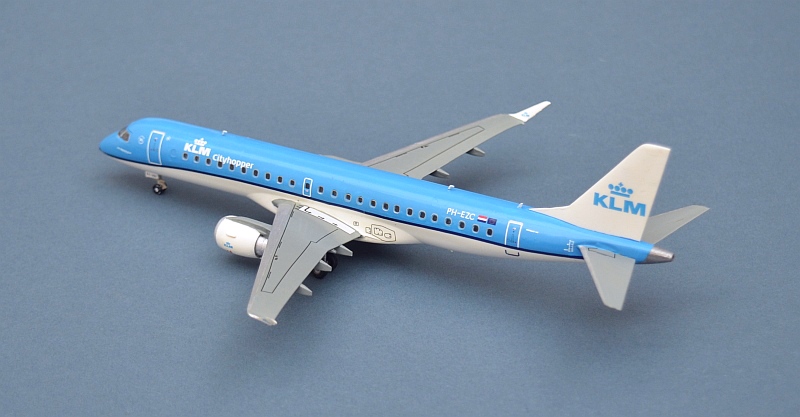Air UK, Edinburgh Airport 1990.
Revell's rather expensive BAe146 /RJ85/100 kit has appeared in a number of guises.
These are Welsh Models' after-
The BAe146 started life as a Hawker DeHavilland project in the early 1970s (DH.146/HS.146),
which was shelved due to the fuel crisis. British Aerospace re-
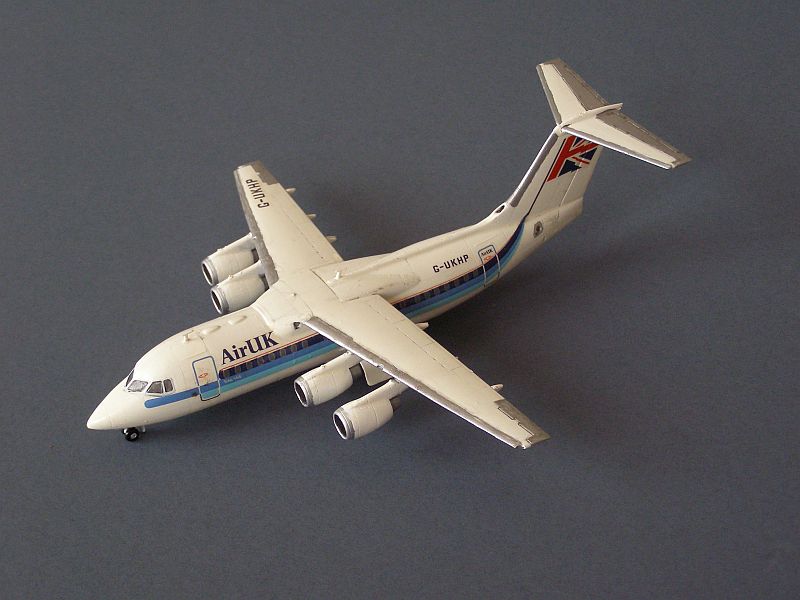
It was highly successful on short haul duties, including AirUK's Edinburgh/Aberdeen/Glasgow/Amsterdam/Channel Islands routes, inherited in the late 1980s from the defunct British Caledonian. BAe 146 "Whisperjets" were also the first jet aircraft permitted to fly into London's City Airport, thanks to their low noise and STOL abilities.
Originally built at the old DeHavilland factory in Hatfield, an advanced version, known as the Avro RJ (Regional Jet) was built from 1998 to 2003 at the old Avro factory at Woodford.
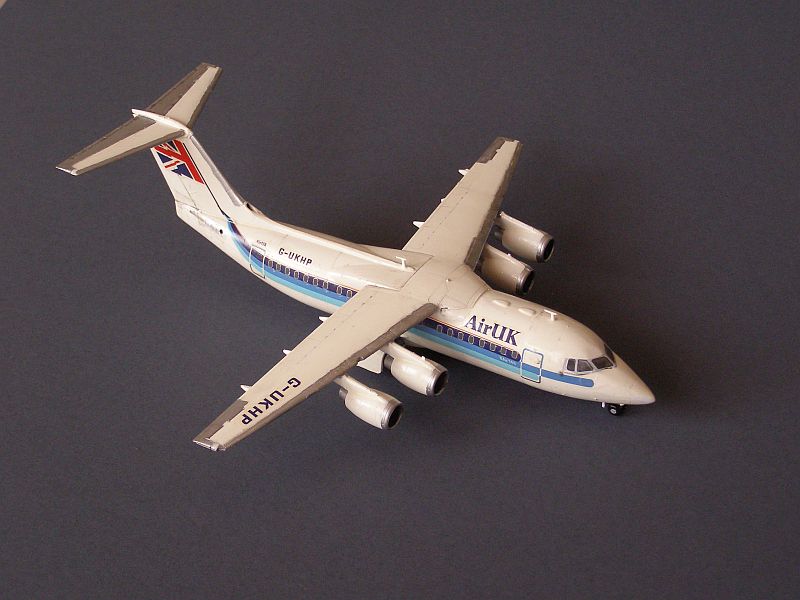
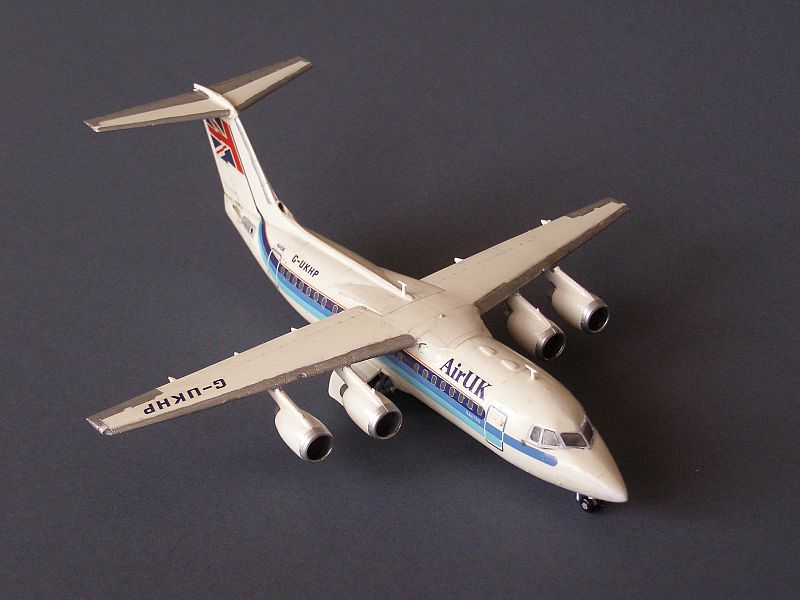
Friends & Allies -
![]()
The Airbus 320 family first flew in 1987 and consists of 4 types: the basic A320, the shortened A319 and A318 variants, and the stretched A321. Airbus A319s are assembled in Hamburg using components from across Europe, including wings manufactured by Airbus in the UK at Filton and Chester.
Over 1,400 Airbus A319 aircraft are currently in service with 106 operators. Easyjet and American Airlines operate the largest A319 fleets, consisting of 144 and 125 aircraft respectively.
Easyjet operate A320s and A319s from Bristol airport on a range of European routes, including up to 3 flights a day to Edinburgh. Link to build
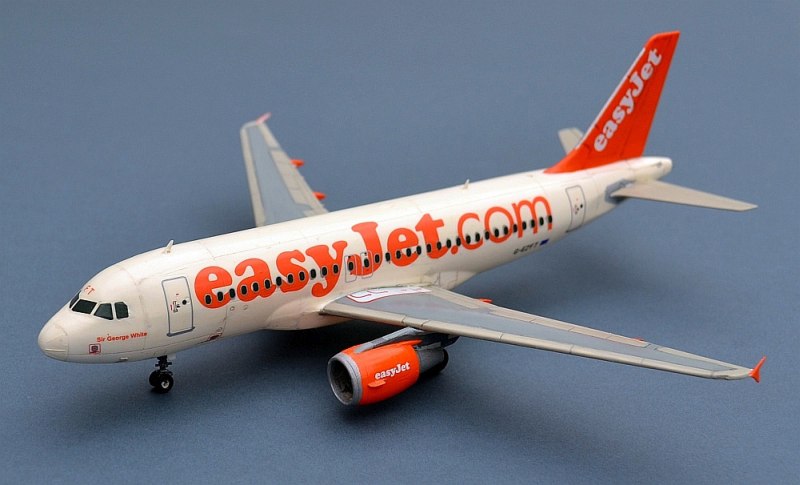
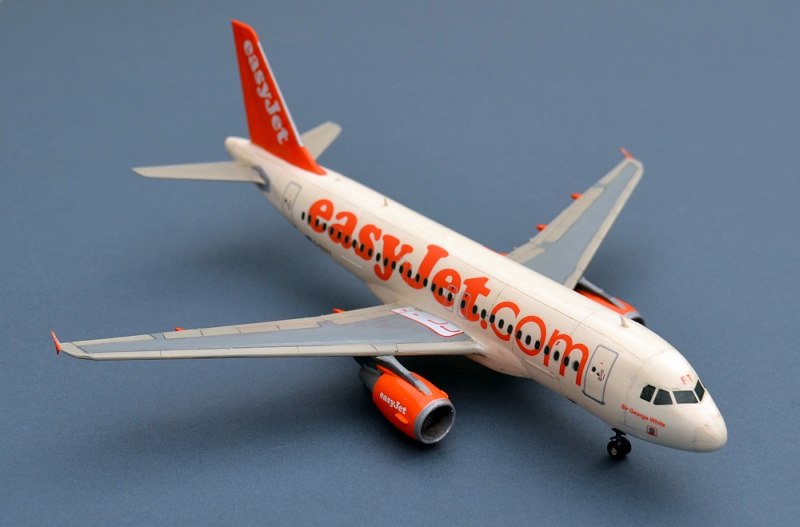
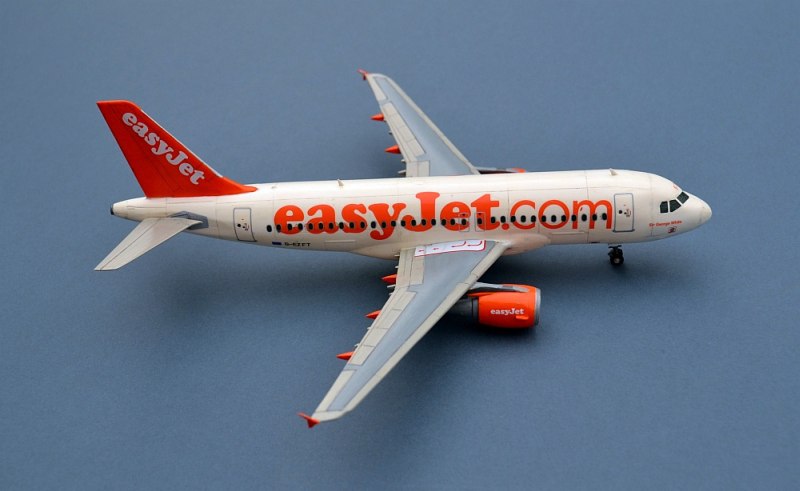
Brazilian aircraft manufacturer Embraer has seen considerable success with its E-
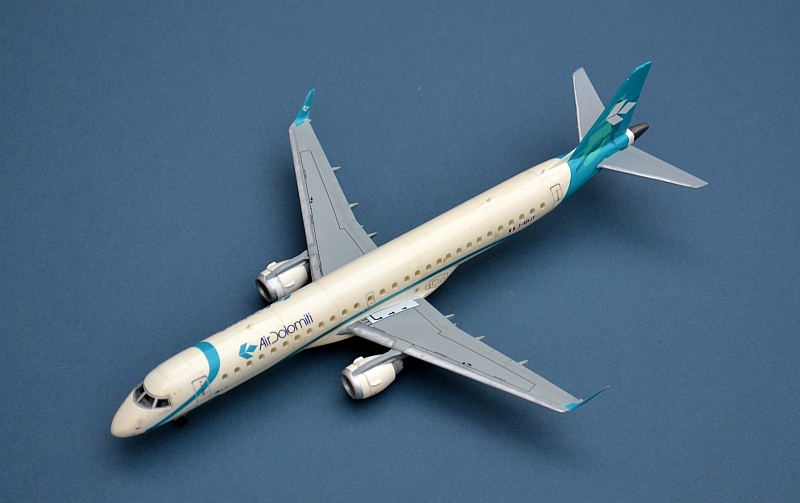
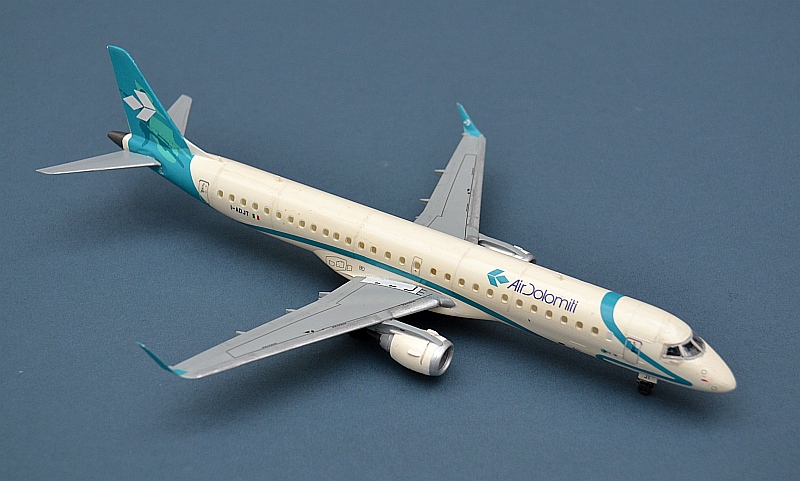
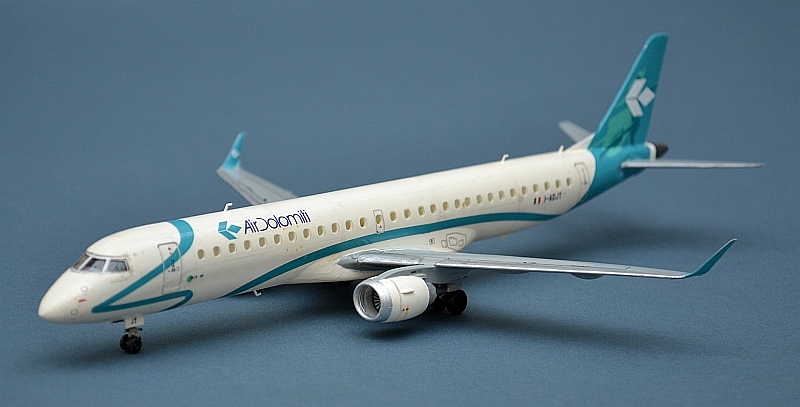
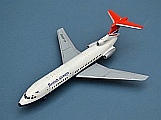
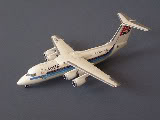
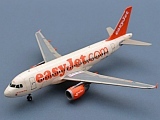
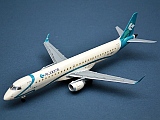
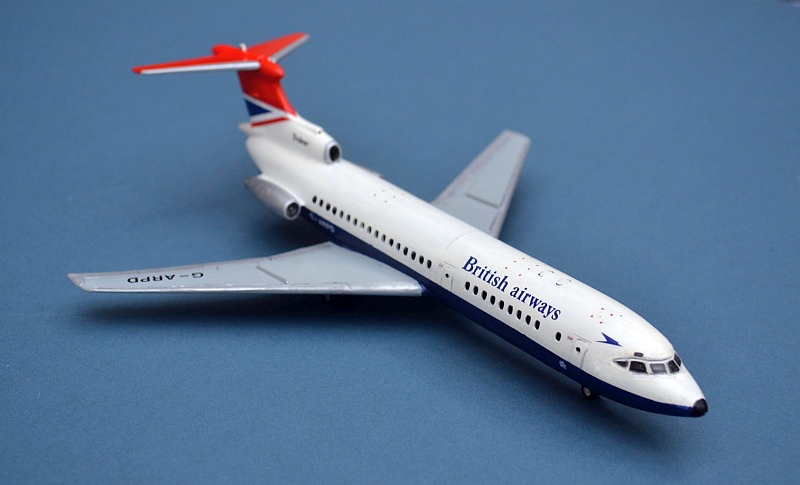
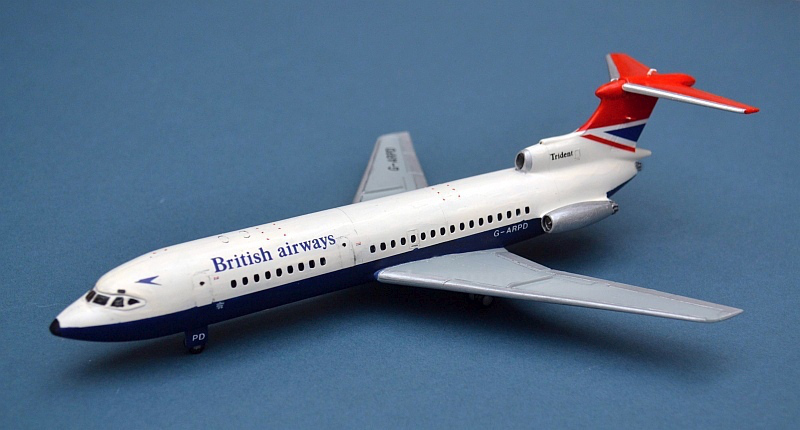
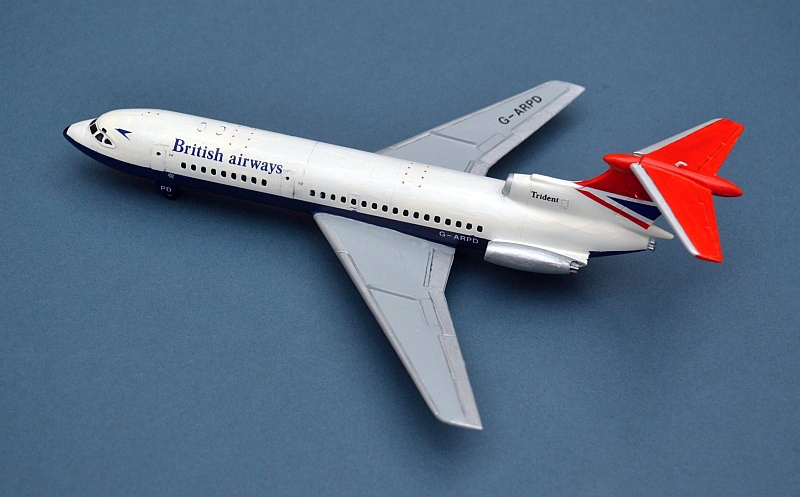
Rather like the TSR2, the Hawker Siddeley Trident epitomised the fatal flaws in
the post WW2 British aircraft industry. Technologically advanced and superbly engineered,
its original design might have been a world-
Nevertheless, the Trident was a successful aircraft that pioneered the use of automated landing systems, and is still one of the fastest airliners ever built. Link to build
The BAC 1-
Unlike its Hawker Siddeley, Bristol and Vickers contemporaries, it was not constrained by the specific requirements of BOAC and BEA, allowing BAC to design it with a wider customer base in mind and maximise its export potential.
Over 244 one-
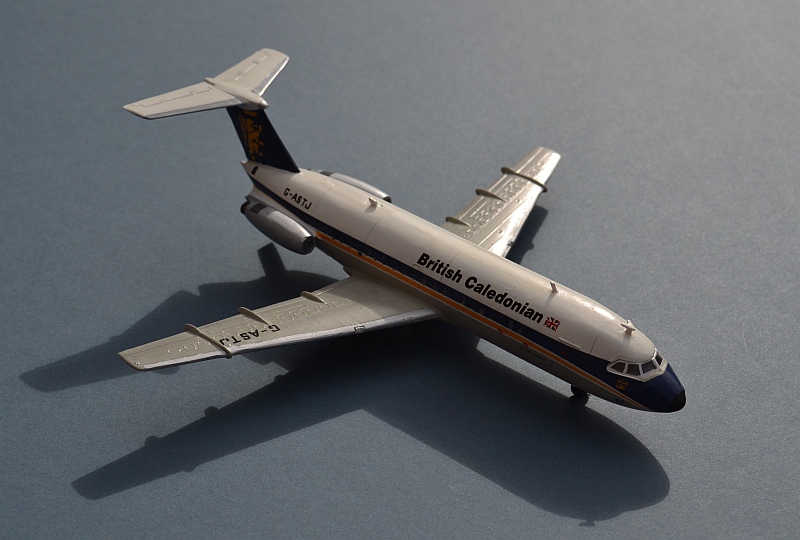
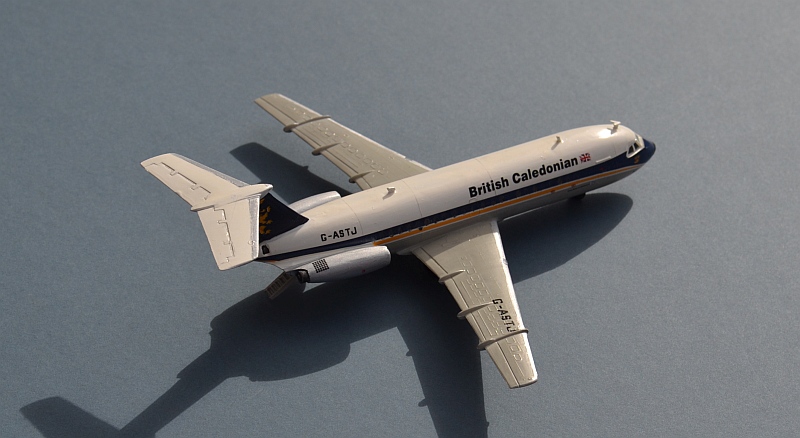
© www.gengriz.co.uk
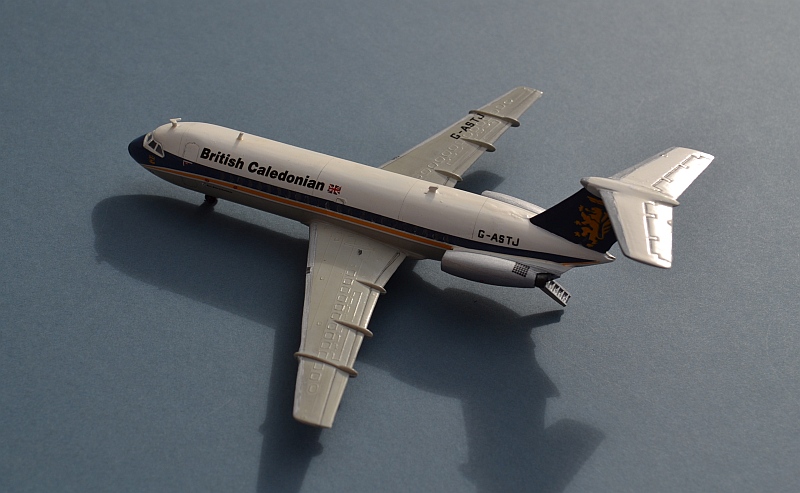
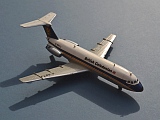
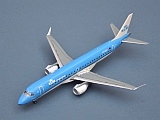
KLM Cityhopper operate a large fleet of small E175s and larger E190s on short haul routes around European cities. The E190 uses the same wings, engines and tail as the E195 above, but is 2.5 m shorter, giving it a smaller passenger capacity, but longer range. Link to build
